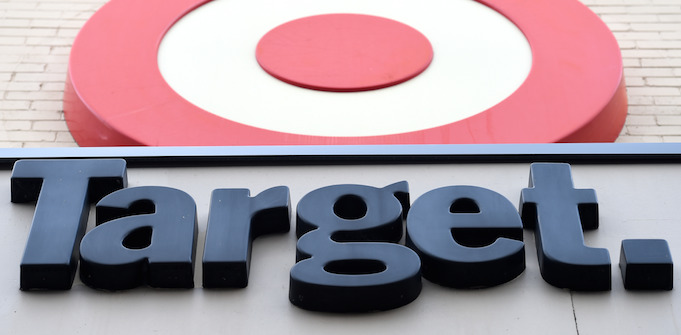
Forget Big W and Kmart: discount department store Target wants to take the fight to international fast-fashion giants H&M, Zara and Uniqlo.
Outlining a plan to revitalise the struggling retail chain on Thursday, Wesfarmers department stores chief executive Guy Russo said he’s no longer talking to the Target team about sister brand Kmart and Big W as their key competitors.
“H&M, Uniqlo and Zara is the thing we are going after,” he said at Wesfarmers’ strategy day, which also revealed Wesfarmers’ plans for Bunnings, Coles and Kmart.
But to take on these global players, which each have a growing presence in Australia, Russo is thinking smaller.
Over coming years, Target will exit a number of unprofitable stores, aiming to reduce its physical store selling space by 20%, reports Inside Retail.
“It’s that problem the last four CEOs have been handcuffed by,” Russo said.
“Each site has been evaluated properly and when the lease comes up this time around we have to say to the landlords – we’re exiting.”
Russo told shareholders at the meeting that Target’s earnings have stabilised after a challenging few years, but as many as half of the retailer’s network of 305 stores remain unprofitable. It is hoped that reducing the overall selling space of Target stores will create a more profitable network overall.
Taking on the likes of H&M, Zara and Uniqlo will require a competitive fashion offering, as well as improvements in product differentiation and further use of online channels, said Russo.
Work is already underway on the fashion front, with new designers on board, and Russo said “we’re already dropping items similar to those three brands at around half their price”.
Wesfarmers has previously faced criticism for maintaining two discount department brands with very similar offerings in Target and Kmart. Dr Gary Mortimer, a retail expert and associate professor at Queensland University of Technology, has been one of those offering critiques.
“Kmart was simply cannibalising Target’s sales and Target didn’t have a clear position in the marketplace,” he tells SmartCompany.
From Russo’s comments, Mortimer says it appears the goal is to re-position Target into a “fast fashion, better value offer” and away from the “cheap and cheerful” offering of Kmart.
“You do need to to have two very clear market positions and communicate that with your target audience,” he says of the strategy.
But it’s not without risk.
“It is risky, however, to go and compete with global players who have the supply chains set up in such a way that they’re able to … constantly change and update their range,” says Mortimer, who says fast fashion shoppers are looking for new products every six to eight weeks.
“There are a lot of operational costs and supply chain restructuring that needs to go into place to meet those promises.”
Attempting to compete directly with the global retailers like H&M, Zara and Uniqlo would also be a risky strategy for SMEs, says Mortimer.
“For smaller retailers, particularly in fashion, footwear and accessories, you need to understand your point of difference and capture a local market,” he says.
This could involve showcasing local designers or offering different collections depending on where your business is located.
“Understand what your offer is, who your customers is, and curate an offer,” he says.
“Don’t try to replicate others in that space.”
NOW READ: “Kmart is a ‘bottom of the food chain’ business”: Kmart boss Guy Russo tells it as it is


COMMENTS
SmartCompany is committed to hosting lively discussions. Help us keep the conversation useful, interesting and welcoming. We aim to publish comments quickly in the interest of promoting robust conversation, but we’re a small team and we deploy filters to protect against legal risk. Occasionally your comment may be held up while it is being reviewed, but we’re working as fast as we can to keep the conversation rolling.
The SmartCompany comment section is members-only content. Please subscribe to leave a comment.
The SmartCompany comment section is members-only content. Please login to leave a comment.